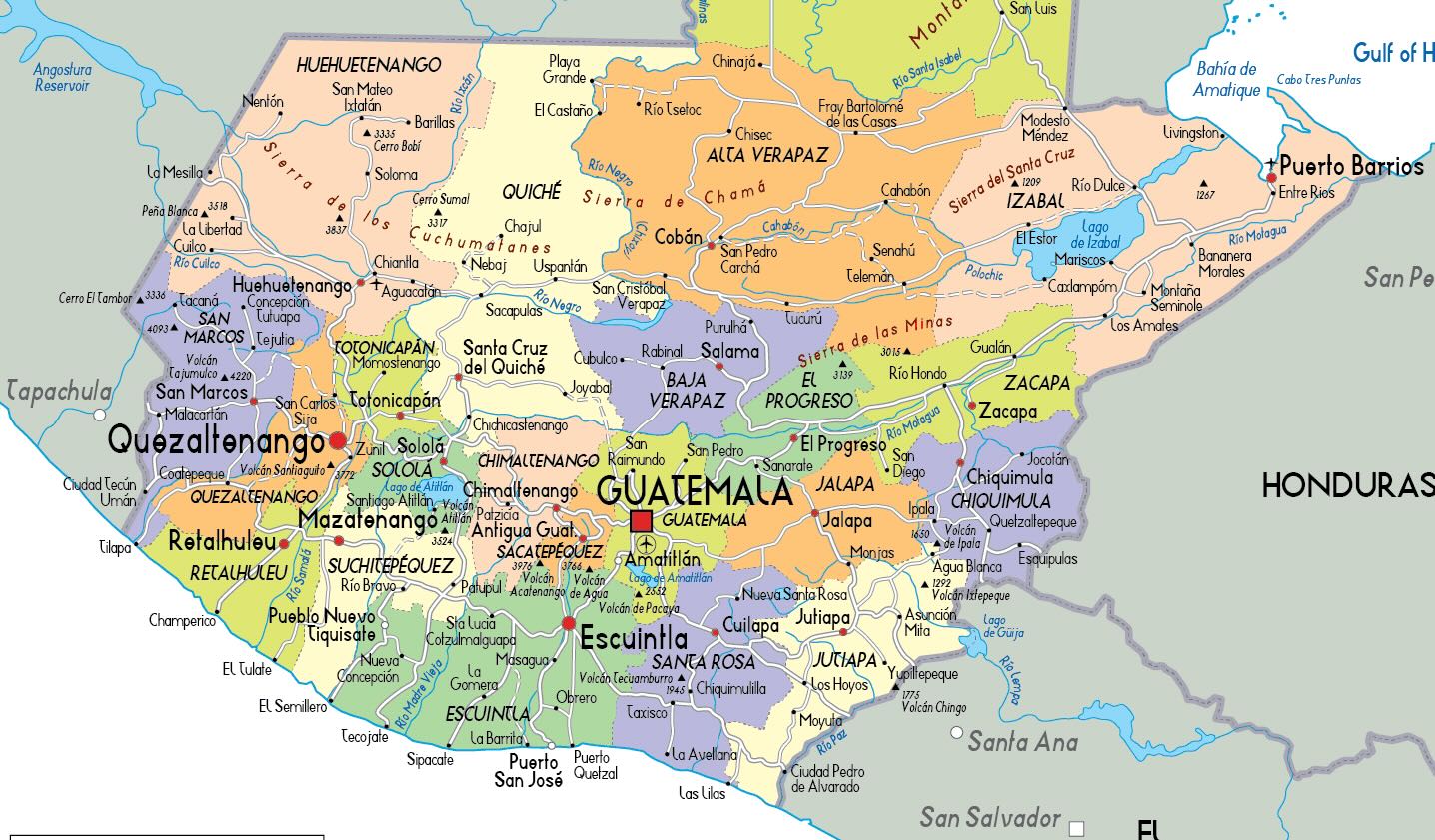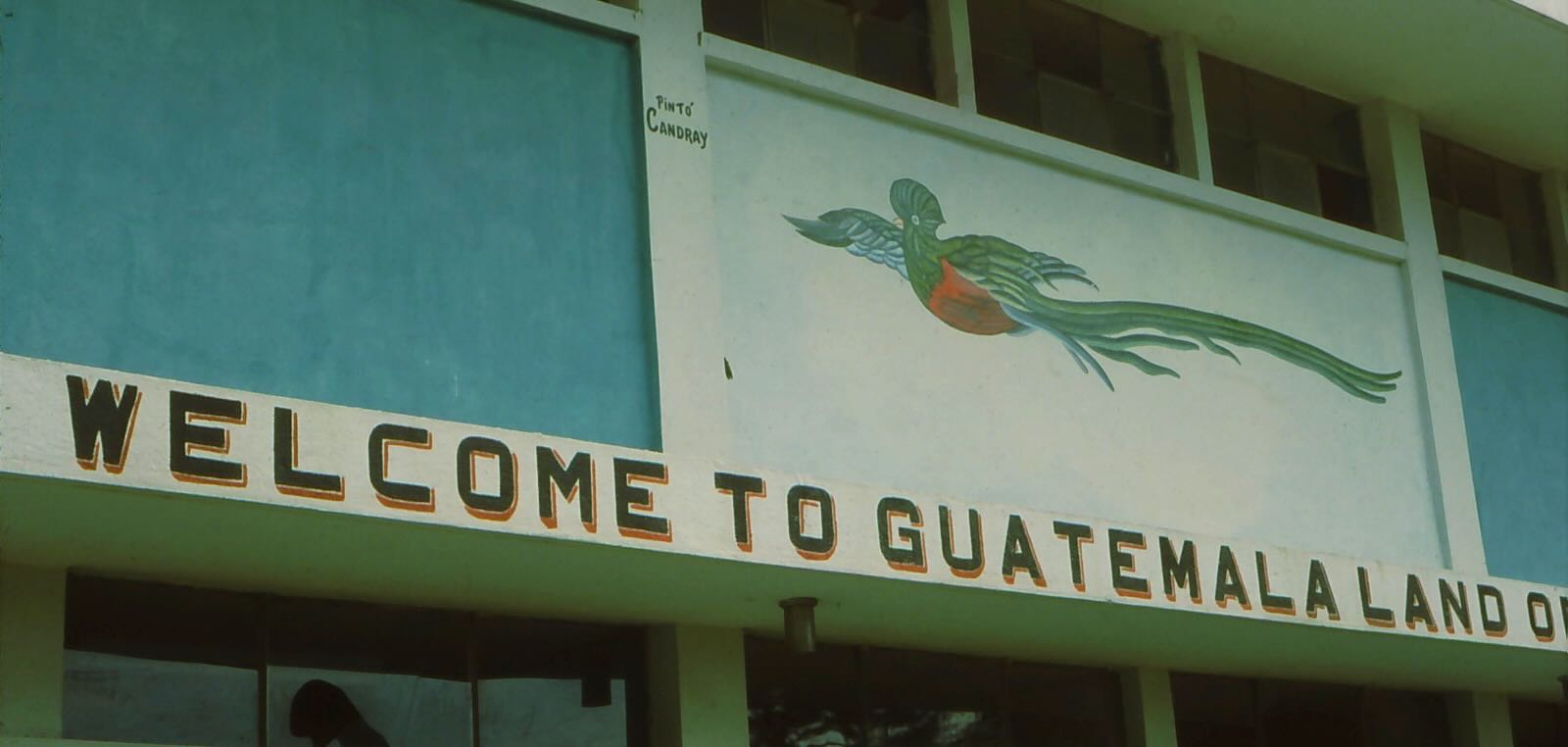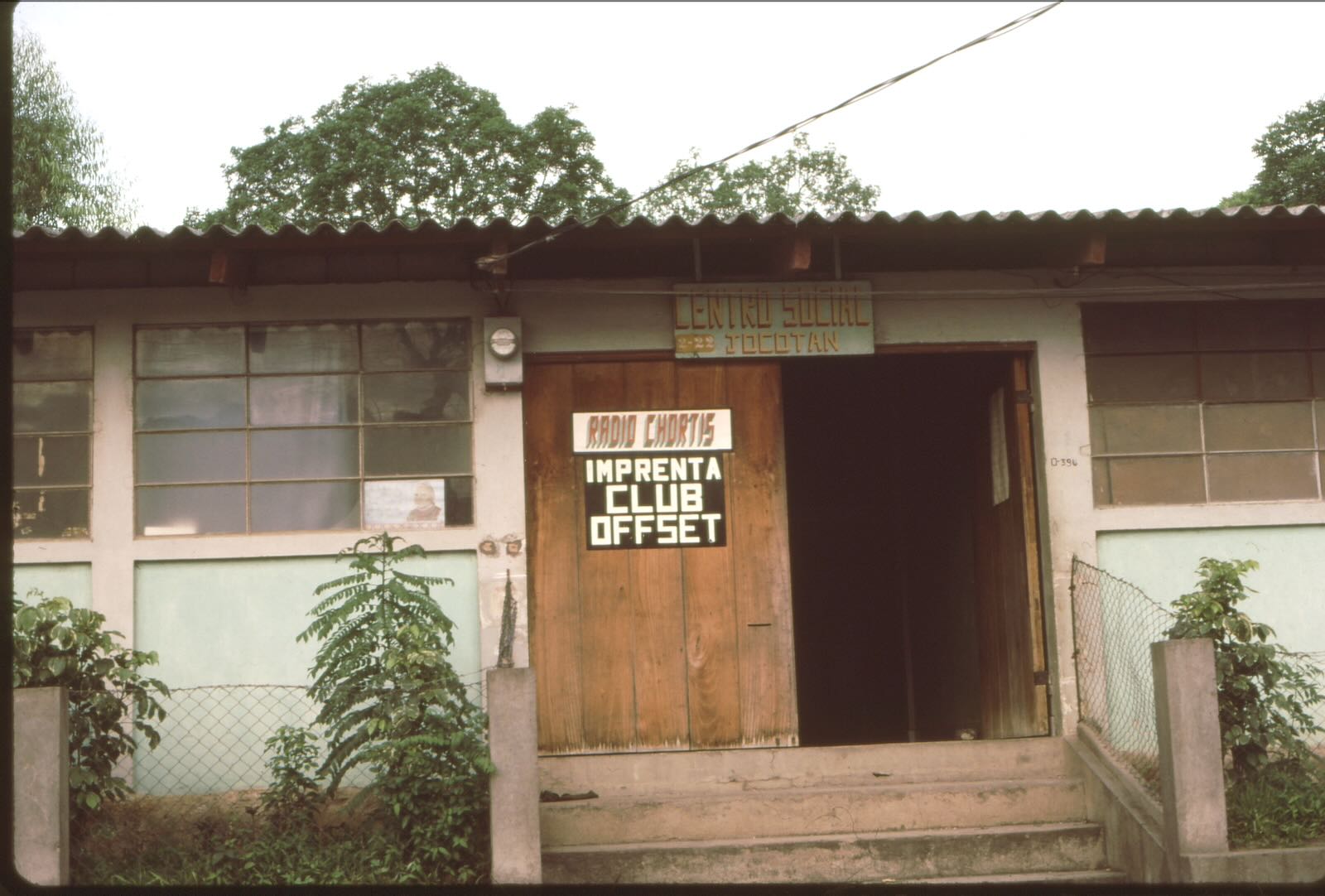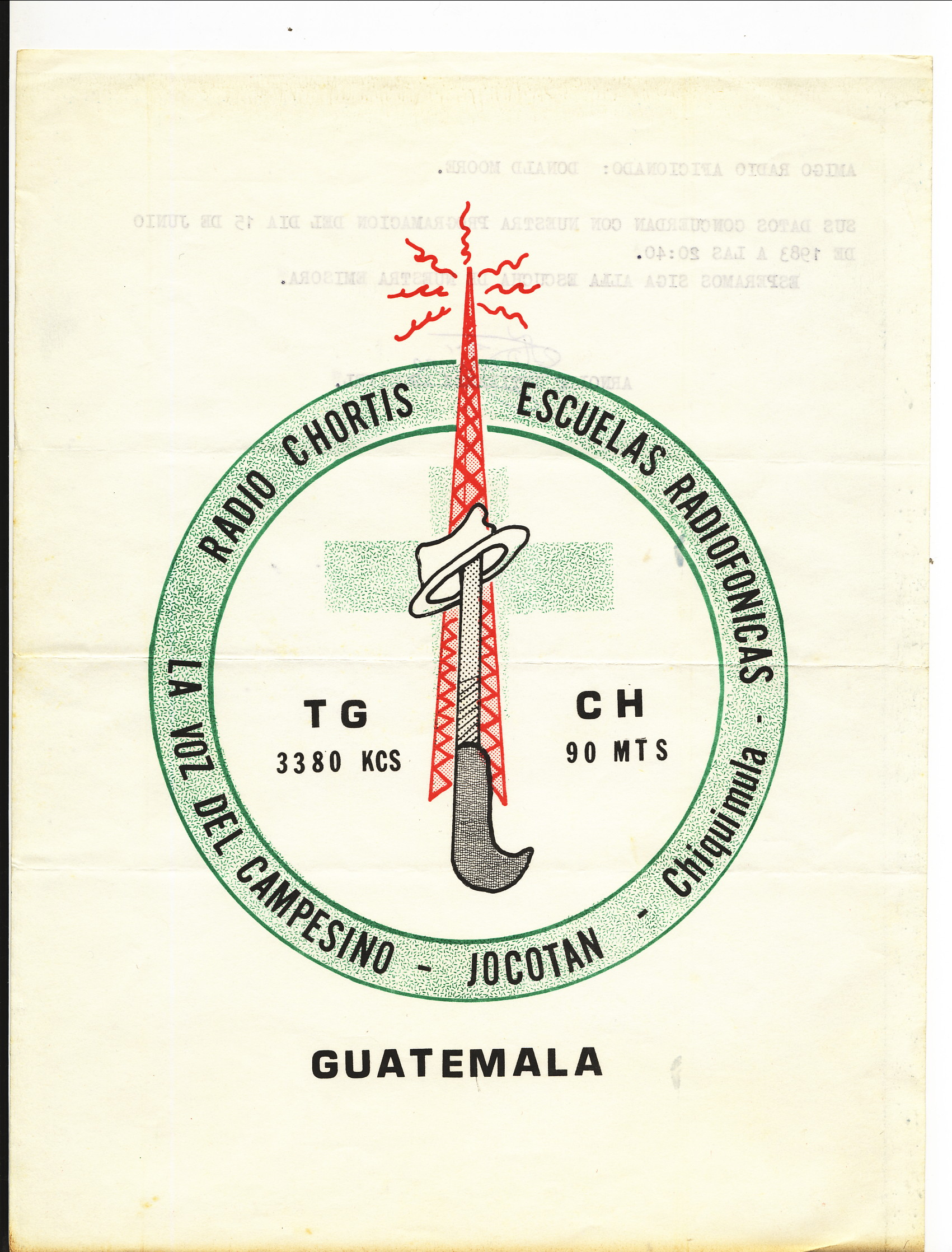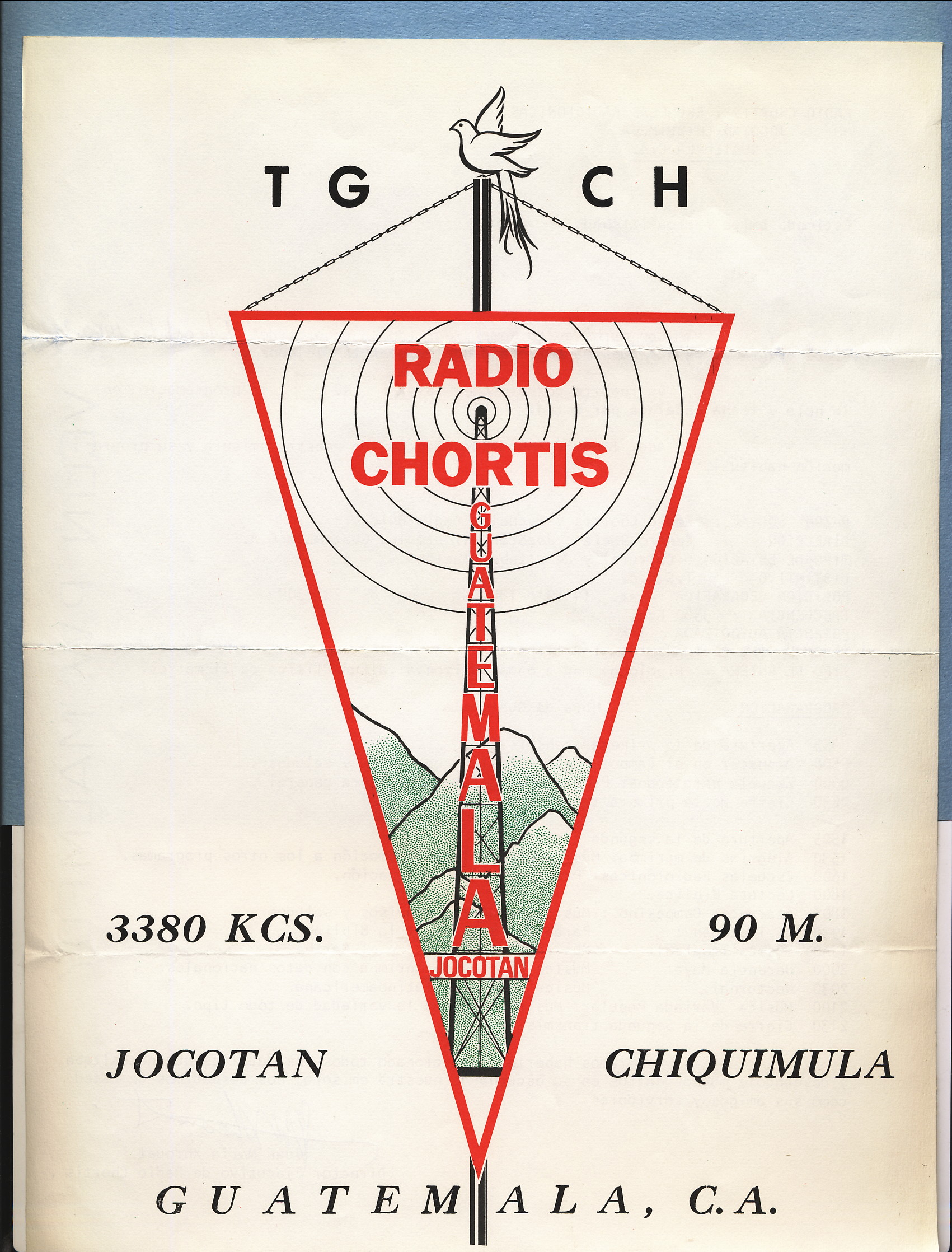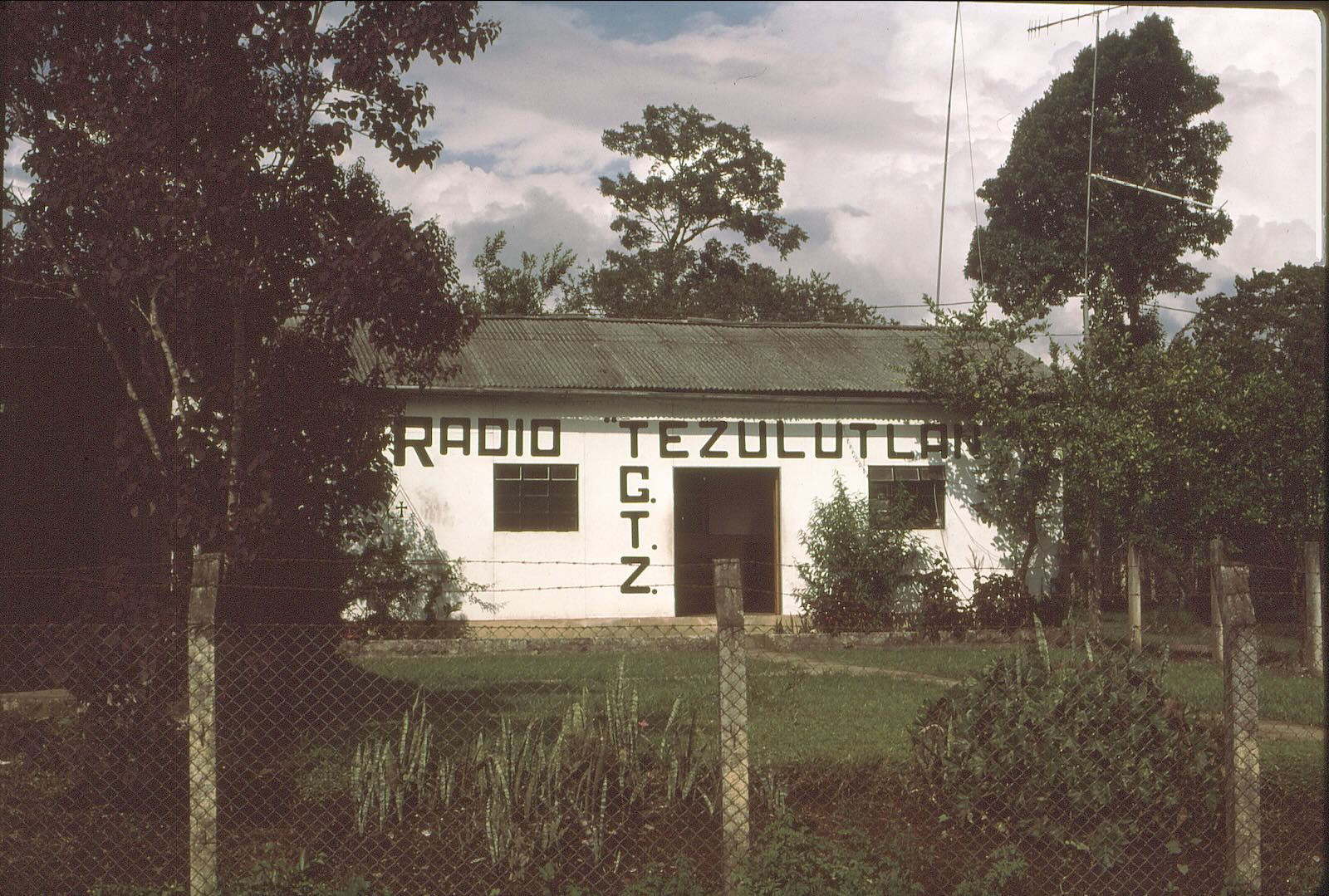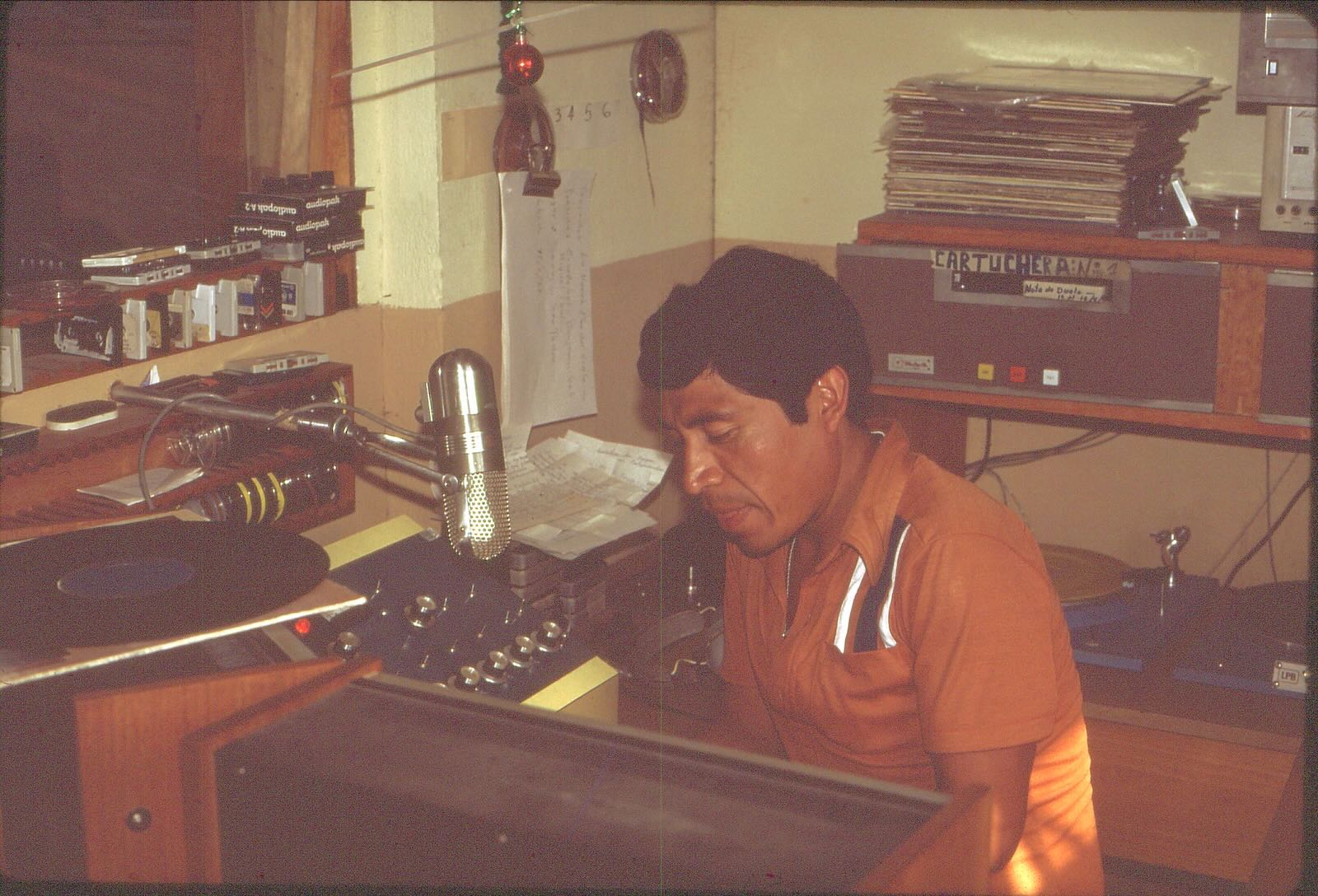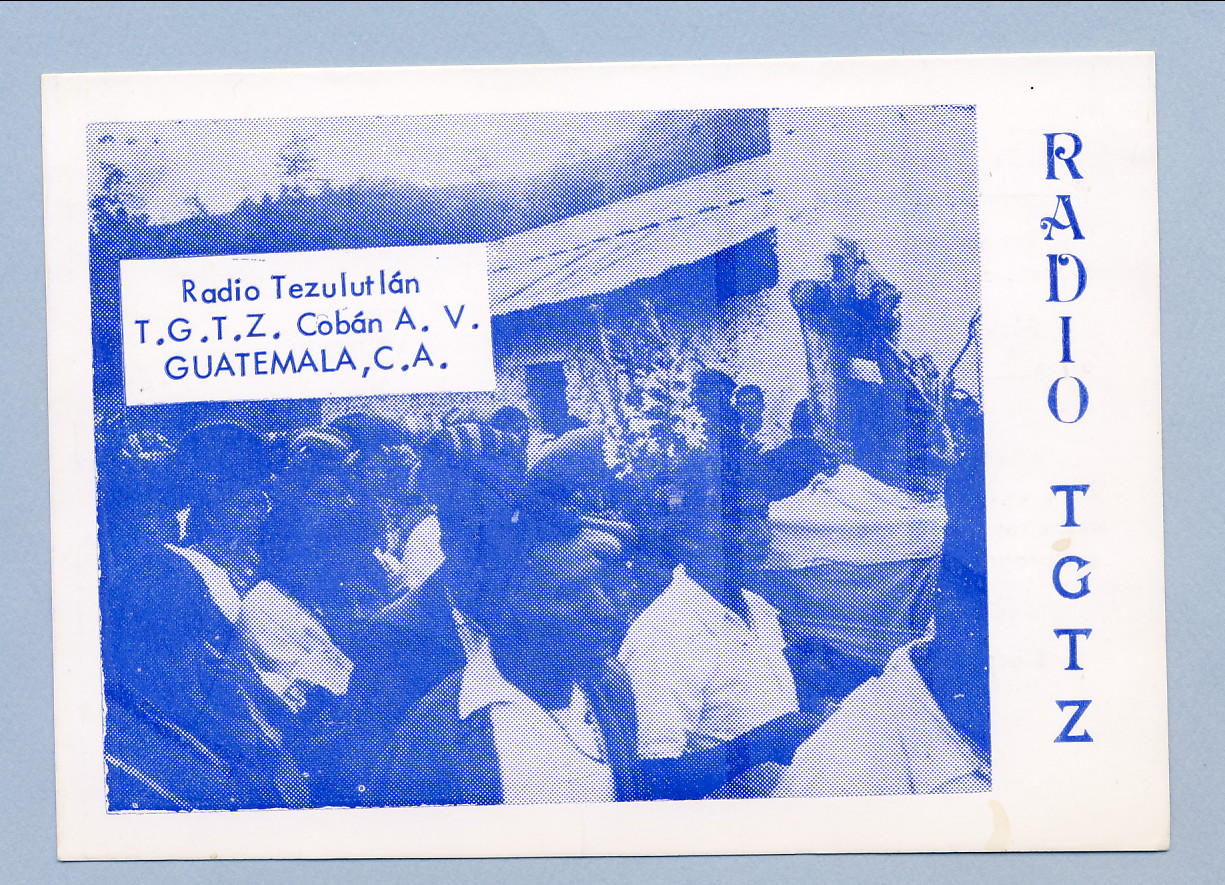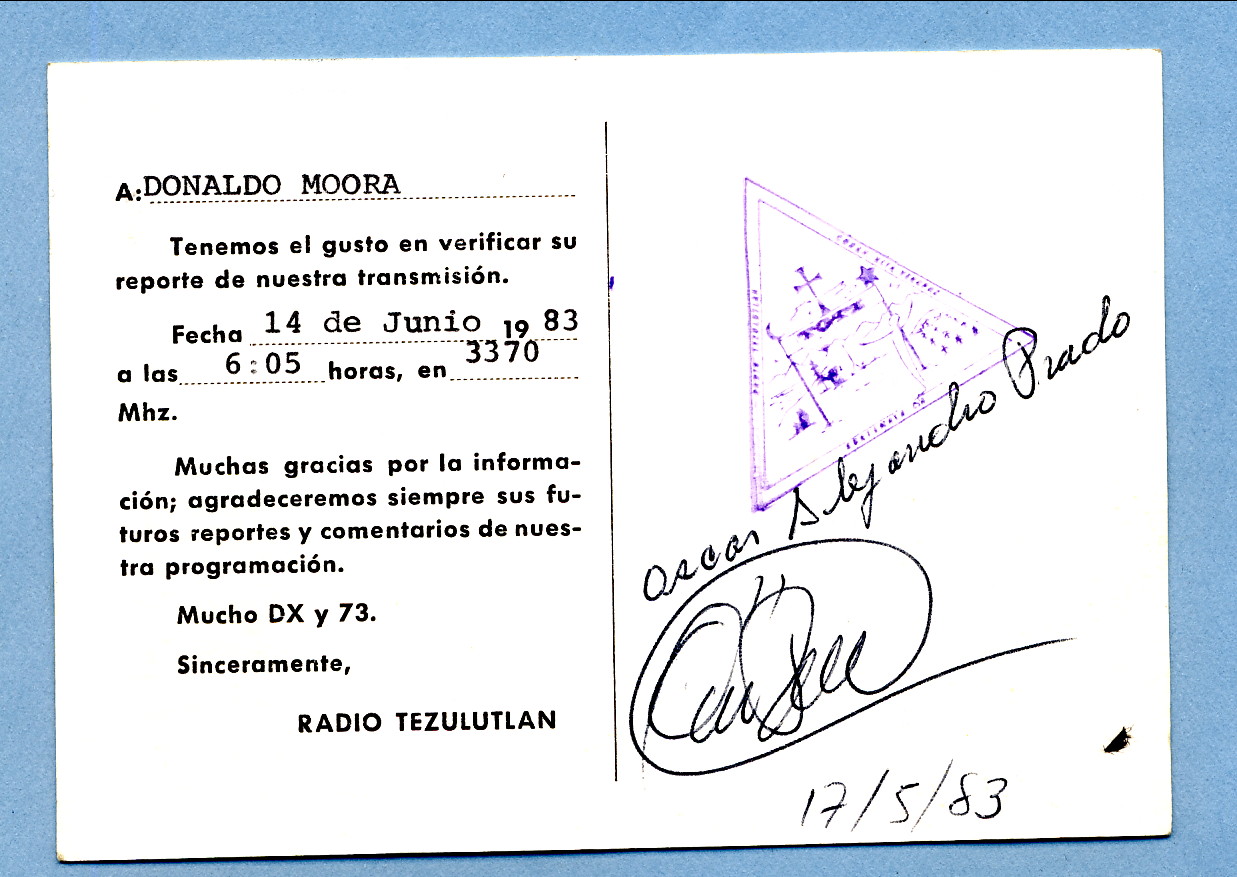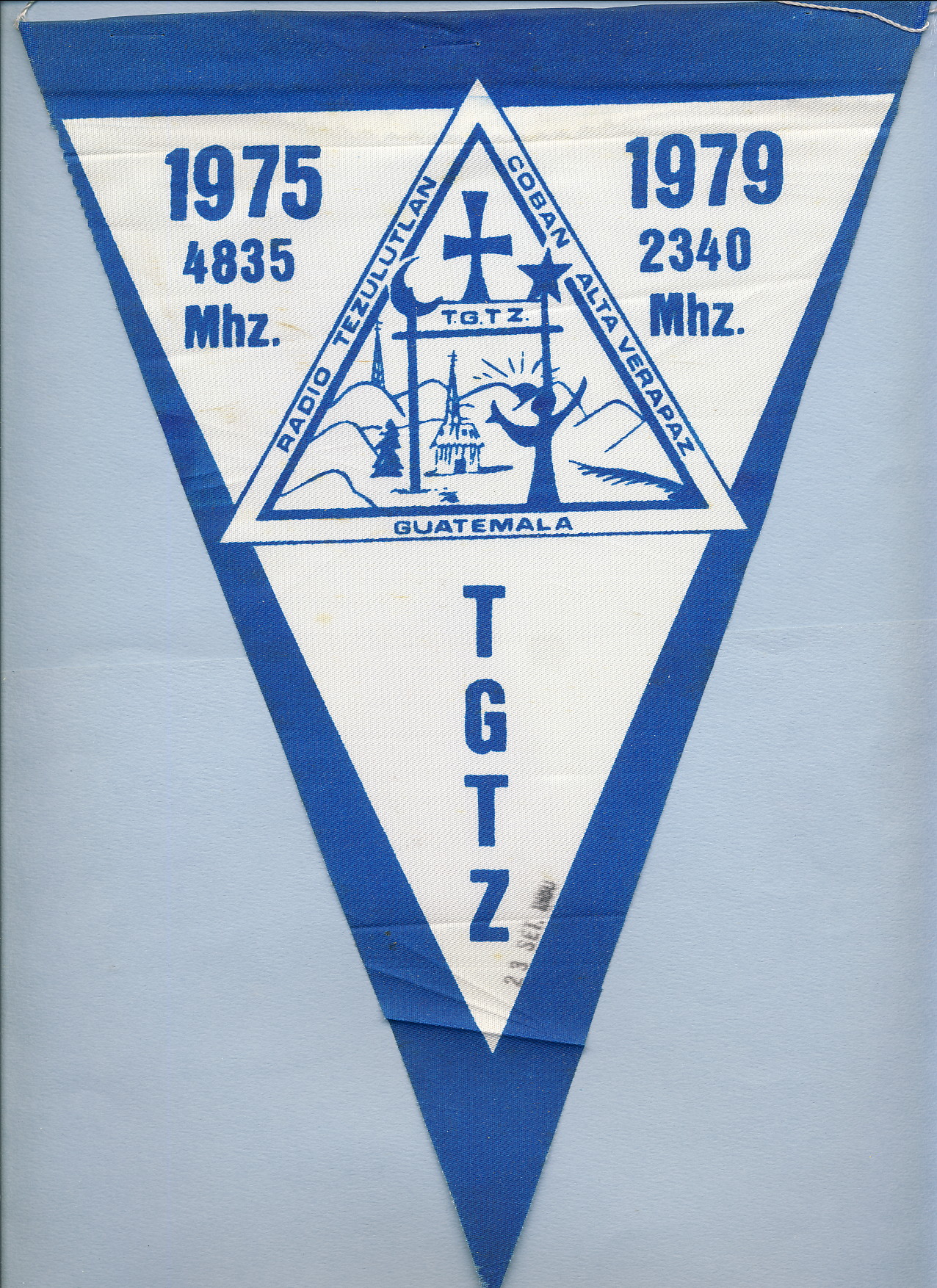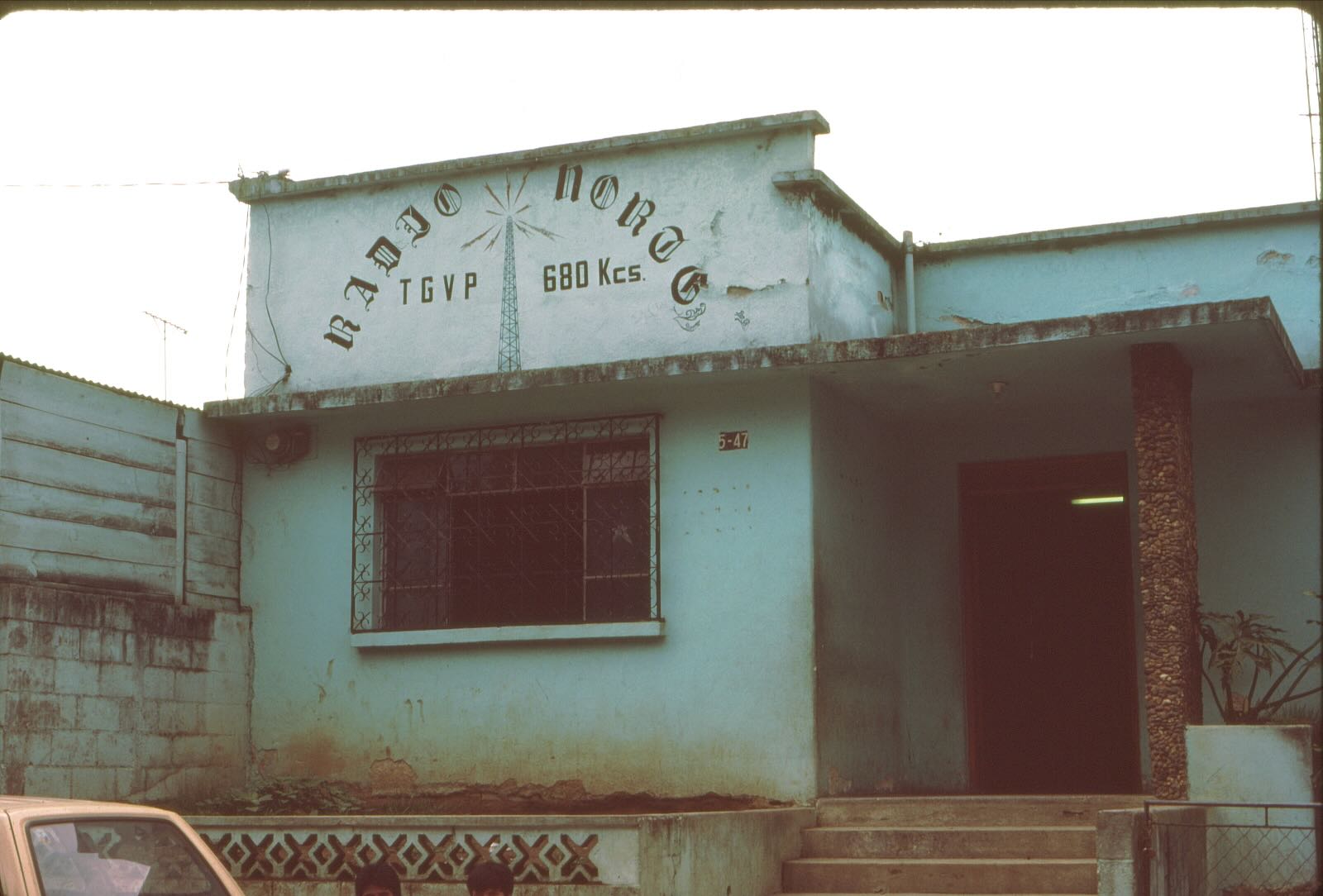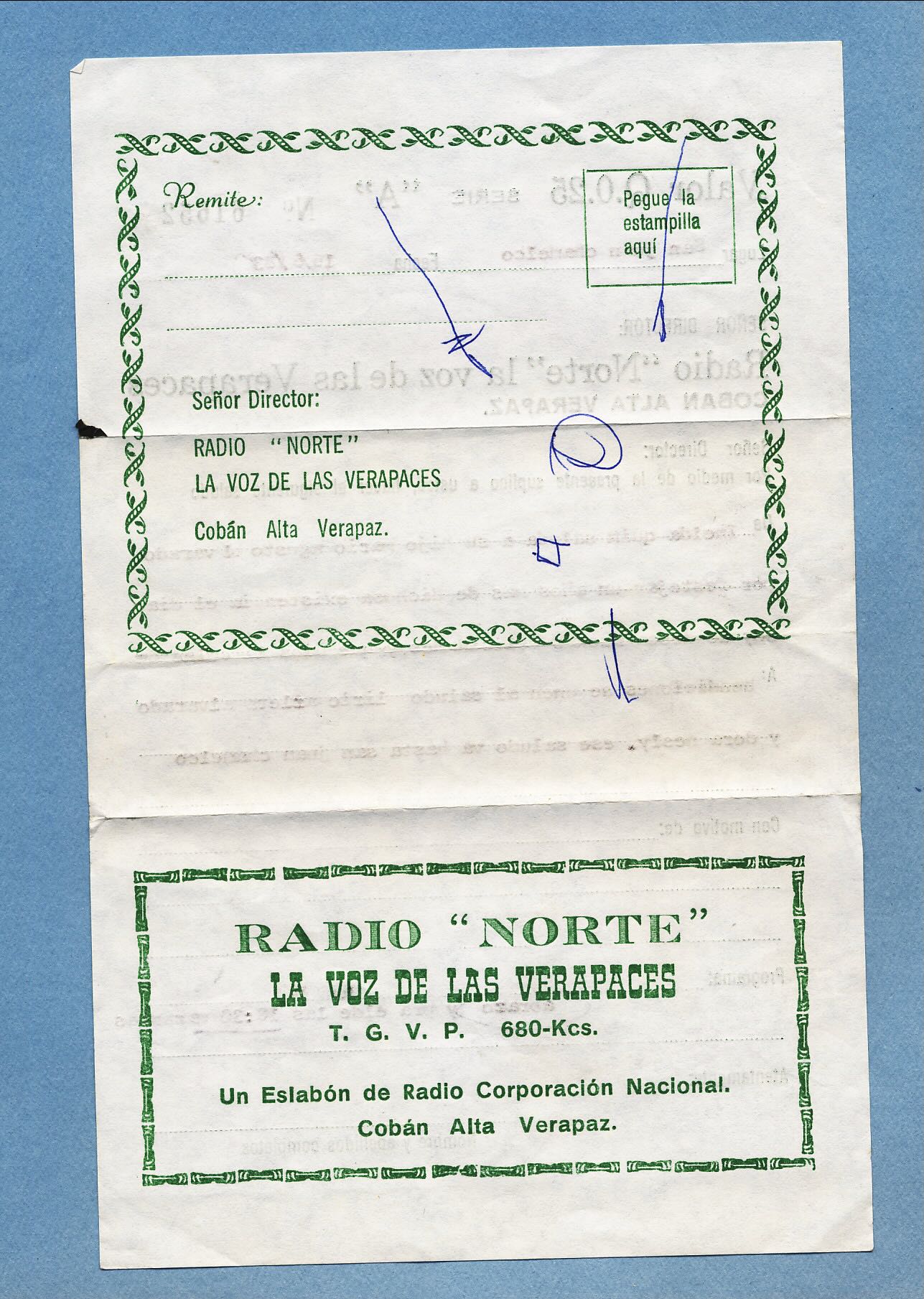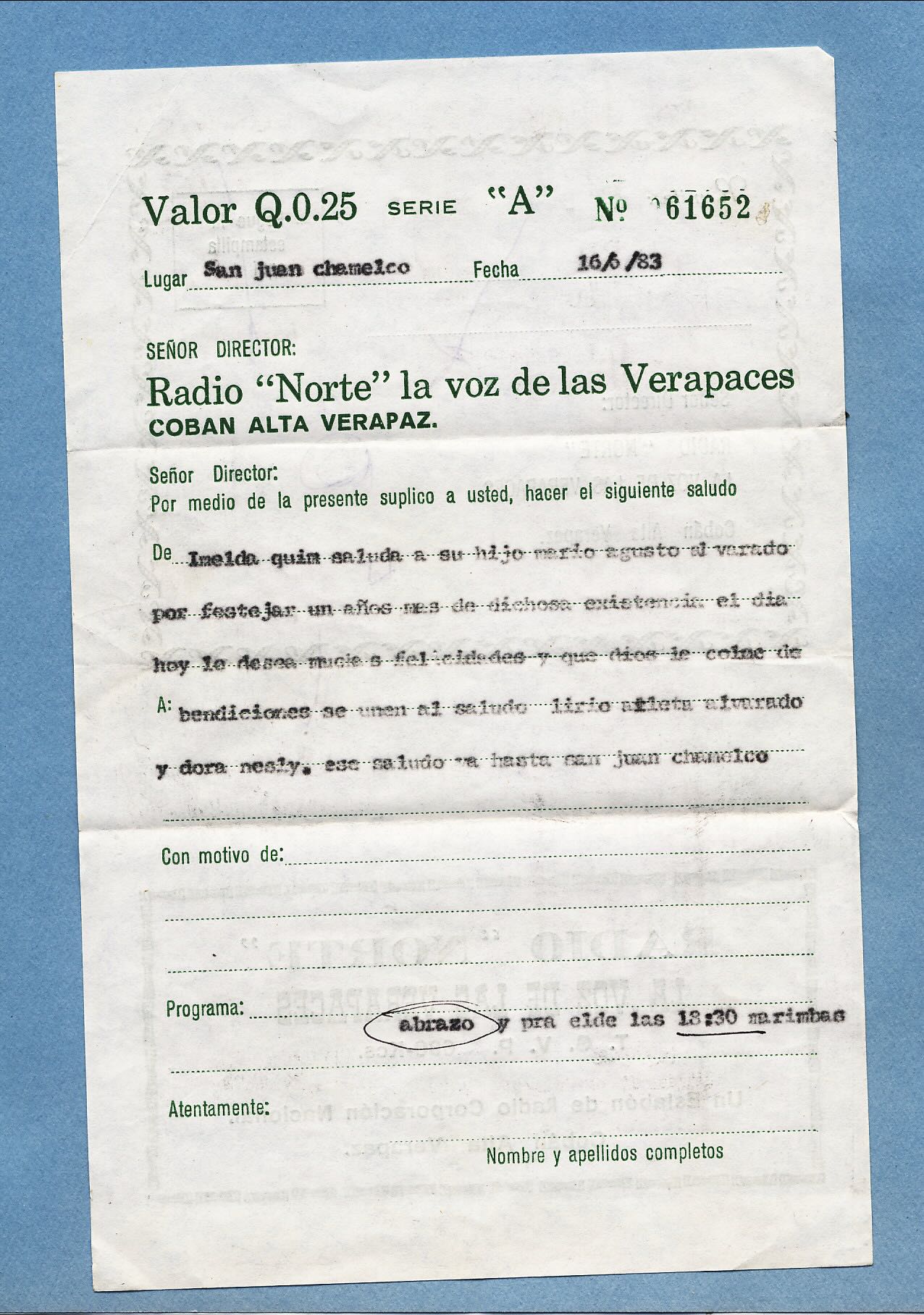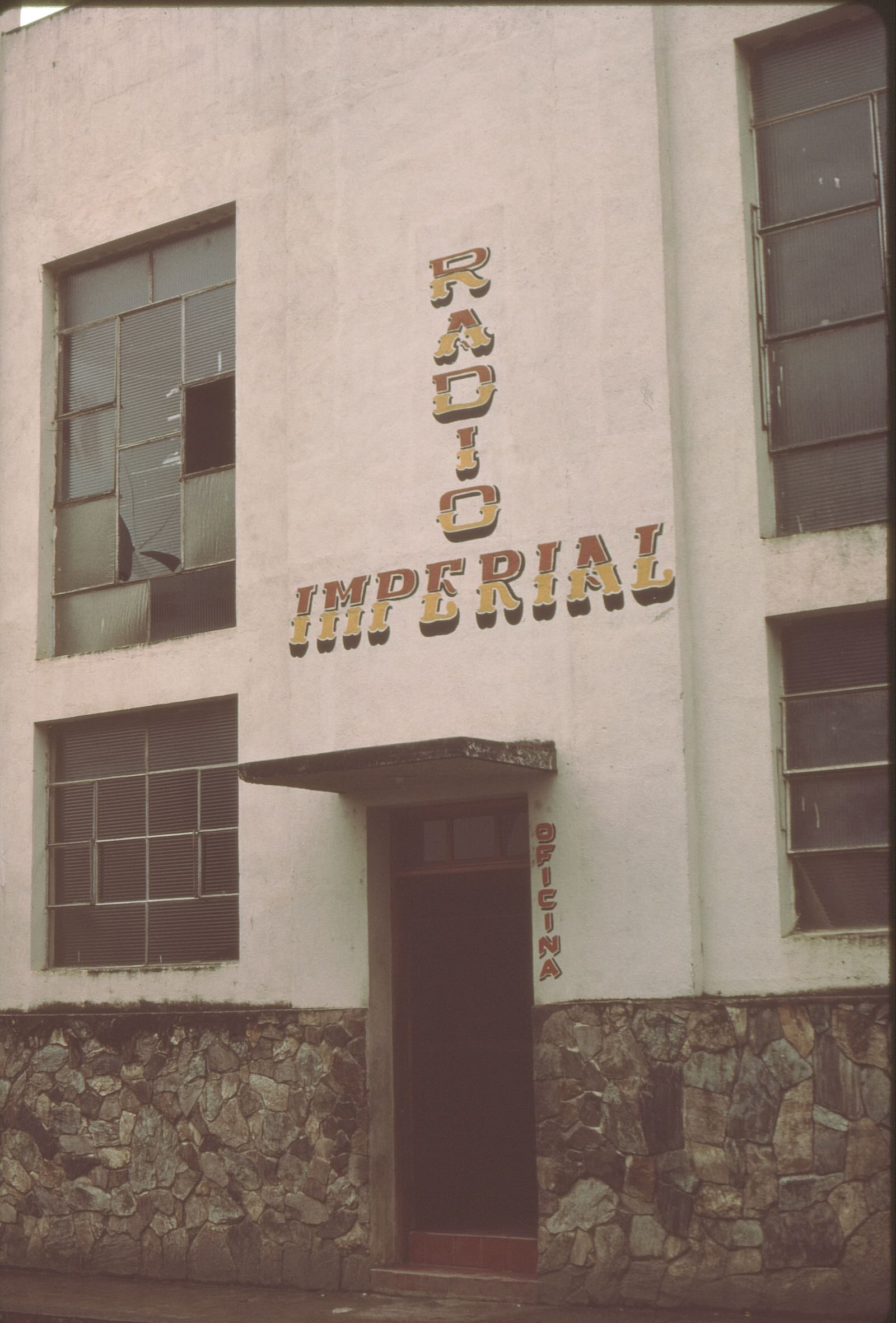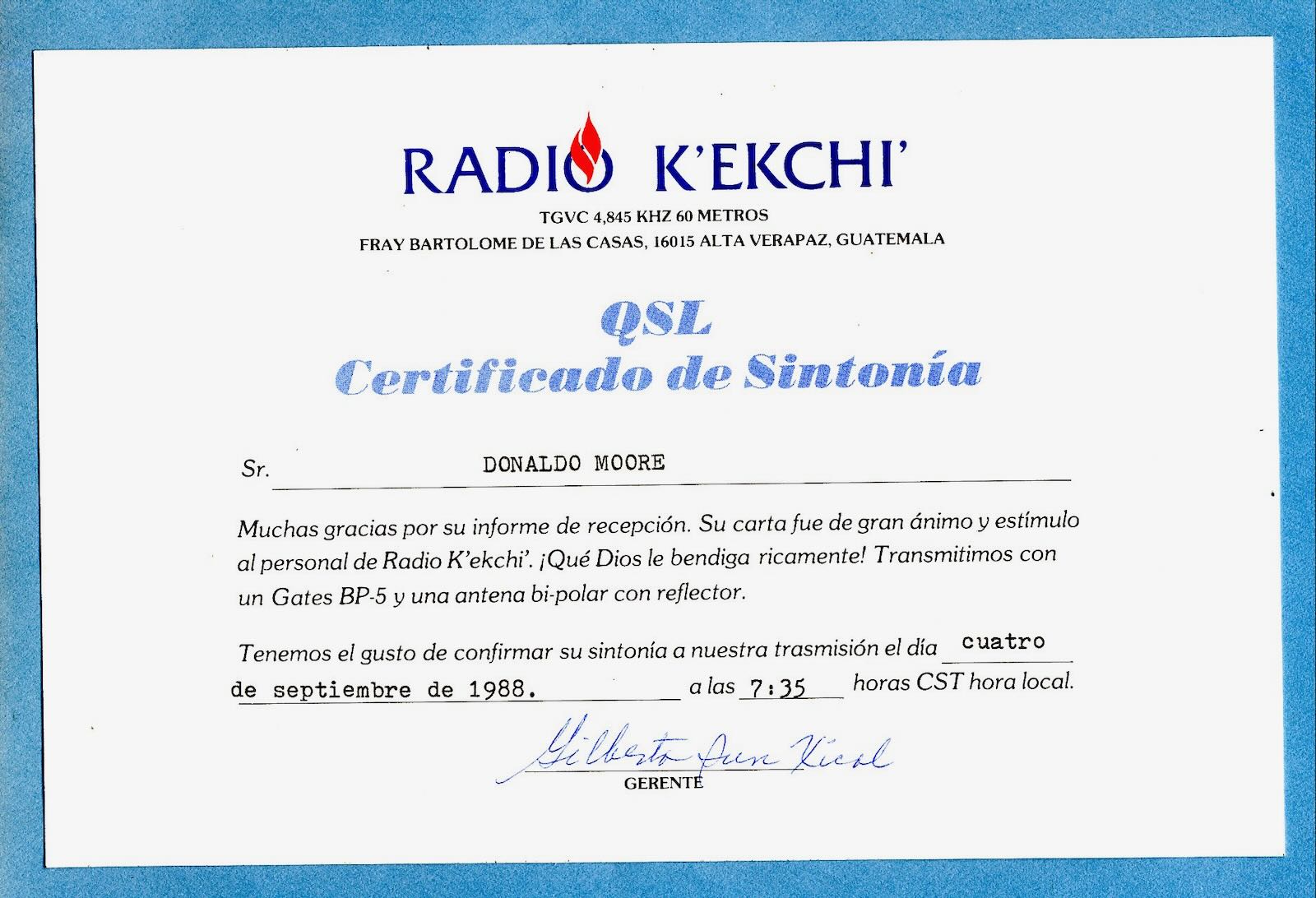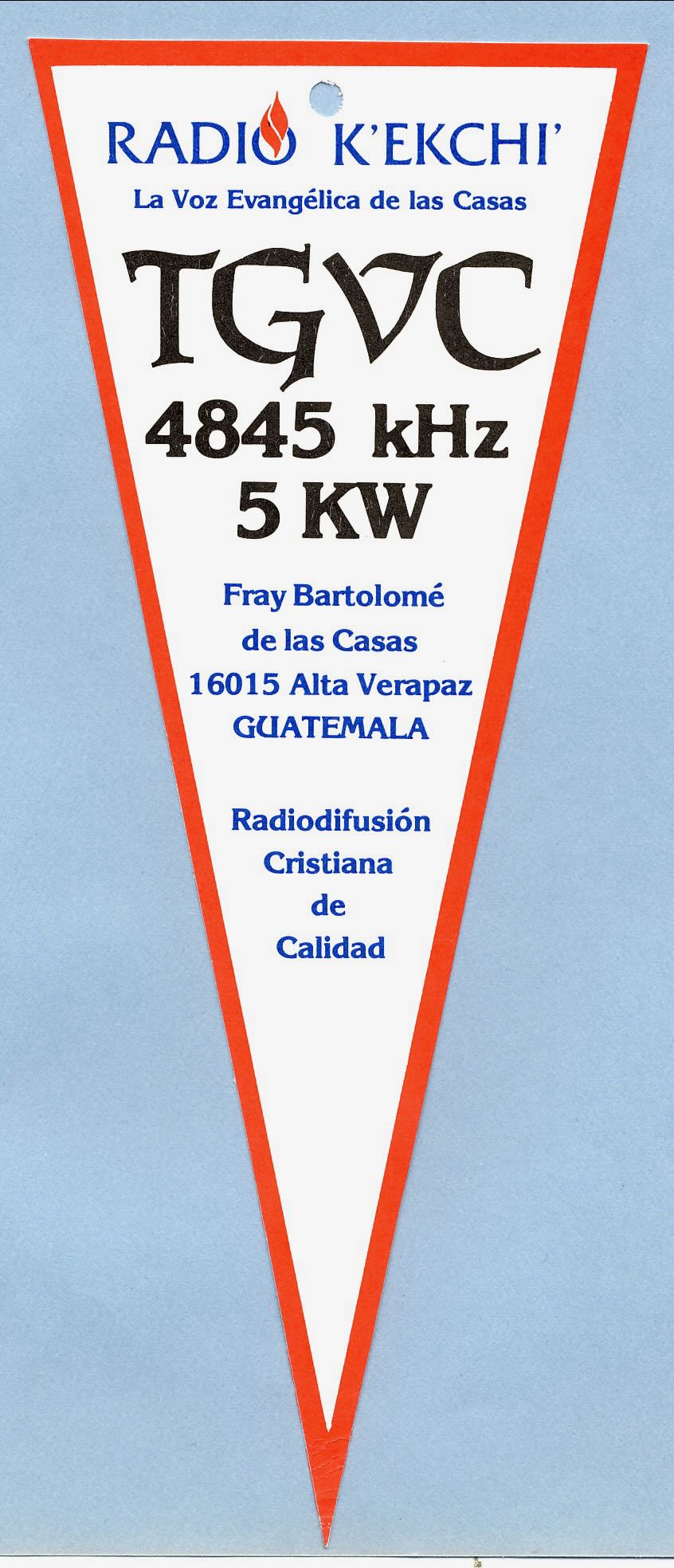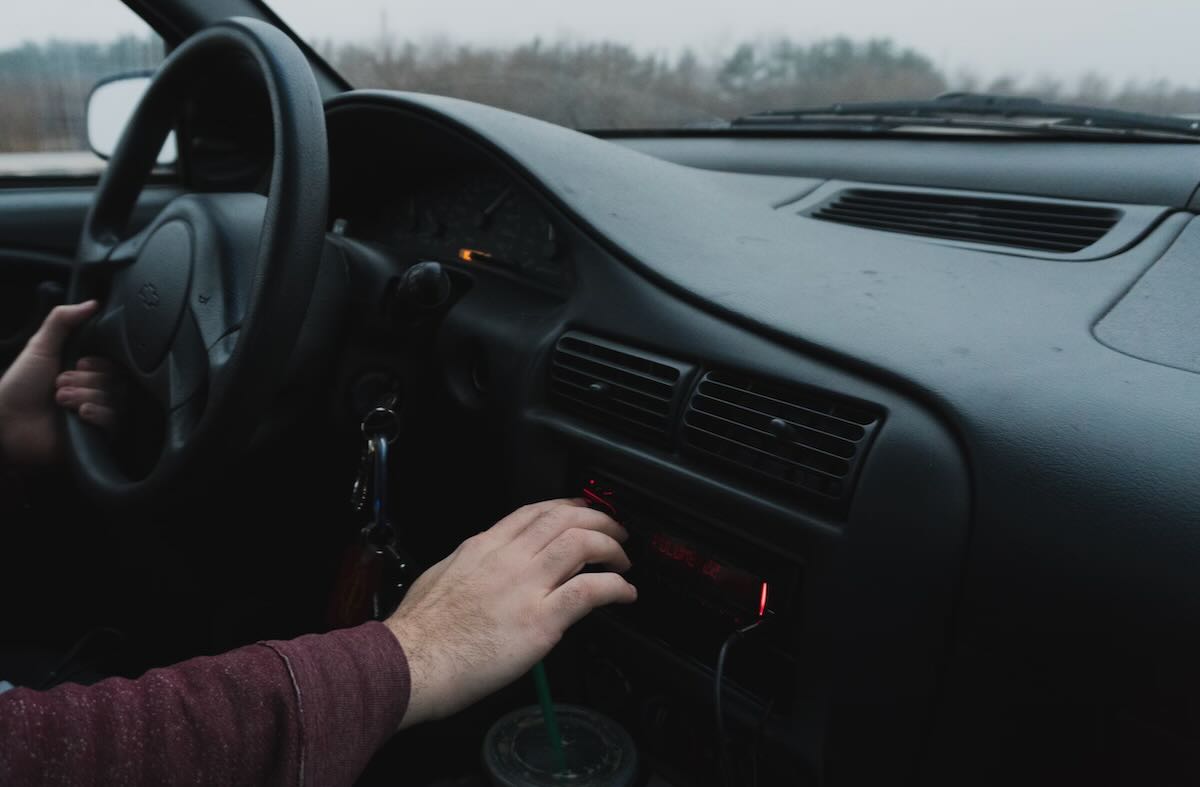The following article dives into medium wave (MW) radio propagation during the 2023 annular solar eclipse, building upon insights from the 2017 total solar eclipse when DXers made broadband radio recordings of the whole MW band for the first time. Unlike that previous study, the 2023 research took a methodical approach, with standardized data collection, stable receivers, and GPS-synchronized frequency locking. Thirteen radio enthusiasts across North America and Europe contributed to the study, capturing 10 Terabytes of SDR data. Using Carrier Sleuth software, researchers pinpointed key signal strength variations, with some regions experiencing remarkable boosts in signal during the eclipse. These findings highlight how eclipse-induced propagation effects are not the same as those seen during typical sunrise and sunset transitions. The study opens doors for further exploration into whether these effects are symmetrical and how they might relate to ionospheric thinning along specific signal paths. The article ends by asking assistance from DXers to help ID enhanced signals in the 2023 eclipse data sets.
Medium Wave Monitoring During the 2023 Annular Solar Eclipse—Not Just About DXing
By Nick Hall-Patch, VE7DXR
Background
The 14 October 2023 annular solar eclipse was the first one to cross the continental United States since the total eclipse of 17 August 2017. From a DXing standpoint, 2017 was the first eclipse in which there was widespread use of software defined radios (SDRs) to record the entire medium wave (MW) band throughout the duration of the eclipse. Therefore, it was possible to study eclipse receptions after the fact rather more than had been the case during earlier ones. Several IRCA members recorded the 2017 eclipse on their SDRs, and in the months after the eclipse, data files from several locations were examined. It was therefore possible to evaluate the varying signal strength of KSL-1160’s carrier from four different locations in western America, all from outside the path of totality, and to speculate upon the differences in the responses at each site.
That study of KSL’s strength variations during the eclipse led to a presentation at the St. Louis IRCA/NRC convention in 2018, and eventually to an IRCA Technical column (now IRCA Reprint G-096 at http://dxer.ca/images/stories/2019/irca-reprint-index.pdf) which proved to be of interest to HamSCI, an amateur radio citizen science group that had already been using amateur radio communications as a way to study that eclipse’s effects upon the ionosphere. A version of the article appeared on HamSCI’s website and the SDR files referenced by the article were also hosted by the HamSCI community on zenodo.org, along with SDR data from three further locations in eastern America. (Go to zenodo.org, and search on the phrase “Solar Eclipse 2017 recordings” to examine this data for yourself.) Zenodo is a long-term open repository for scholarly work, and these data sets have since been downloaded hundreds of times.
Why would these 2017 SDR files have been of interest to an organization studying radio wave propagation? Unlike the short duration communications found on the amateur radio bands, medium wave (MW) AM broadcasters, assigned between 525 and 1705kHz, provide continuous signals, many for 24 hours a day. Their carrier frequencies are like steady RF beacons. Any changes in that beacon’s amplitude or frequency at a receiver are likely to have been caused by changes in the path between transmitter and receiver. By using suitable hardware and software, either monitoring a single frequency or the entire medium wave broadcast band using SDRs, the resulting files can allow us to characterize the propagation induced changes that these carriers undergo over time, including variations in signal strength and apparent shifts or spreading in the frequency of each carrier. During a solar eclipse, the brief period of darkness along the path of the eclipse can allow AM broadcasters’ signals to temporarily travel much further than they would normally in the daytime, and it is possible to study variations that occur even more quickly than those occurring daily during sunrise and sunset.
Preparation for the 2023 Solar Eclipse
From a DXing standpoint, the 2017 eclipse SDR files were more than functional, but a closer examination revealed gaps in the data, changes of antennas when it suited the DXer, and receivers that had not been properly warmed up, resulting in recorded carriers that appeared to be drifting. From the standpoint of a scientist, this was “found data” requiring judicious handling and compensation. In addition, the data had been transferred many months after the recording had taken place, and sometimes it was no longer clear how the receivers and antennas had been set up for the recording.
Nearly a year before the 2023 eclipse, HamSCI had decided that it would be interested in examining more MW SDR data, but this time asking that the recording of the data be approached in a more professional fashion. In other words, participating DXers would be asked to think a bit more like scientists for the duration of the recordings. Making recorded IQ files of optimum use to propagation researchers would include the following:
- Documenting receiver, software and antenna used, with as many details as possible.
- Not making changes in receiver or antenna configuration during the recording period; if absolutely necessary, recording that change in detail, especially the time that it occurred.
- Warming up the receiver for several hours before recording in order to minimize apparent carrier drift in recorded signals. Better yet, encouraging participants to use SDRs that were locked to a frequency standard such as the Bodnar GPS reference clock, because a frequency locked SDR’s data would display frequencies with stability and accuracy, and allow characterization of any carrier Doppler shifts.
- Making sure that timestamps in their recorded data were as accurate as possible, at a minimum setting the computer clock accurately immediately before recording, and preferably to use a network time protocol (NTP) time client on the computer that would be recording the SDR IQ files.
- Starting recording well before maximum totality in their area, until well after that time; one hour before the start of the partial eclipse to one hour after the end of the partial eclipse were suggested as a minimum.
- If possible, making additional SDR recordings of, for example, the period from two hours before and after sunset and sunrise on the day of the eclipse, and also making a reference recording of the eclipse time period on another day.
Figure 1 shows the path of the 2023 eclipse and the times of maximum obscuration. Efforts were made to involve monitors in both North and South America, and in the end, 13 participants were involved in the experiment, using 14 sites in Canada, the USA, Mexico and Portugal.

Figure 1
- 12 sites also included data from local sunrise (LSR) and/or local sunset (LSS)
- 12 sites also recorded data from the same time as the eclipse period on another date in order to provide a reference of a normal day’s reception conditions
- 6 sites produced data using an SDR locked to a frequency standard that was disciplined using GPS signals. Three of the remaining sites included a signal from a frequency standard in their data recording.
- 10 sites recorded using computers that had their clocks updated using Network Time Protocol (NTP); others set computer time manually
About 10 Terabytes of SDR recordings were submitted for analysis, which is one heck of a lot to poke through in order to find signals fading up and down for a few minutes during the course of the eclipse. Fortunately, it was possible to pre-process all of the files using Carrier Sleuth software which allowed visualization of hours of data at a time from each MW channel, all available to 0.1Hz resolution over an 80Hz span centered on each broadcast channel. It was then a fairly quick process to scan through each of the 117 channels of the AM broadcast band for each data set, searching for unusual carrier enhancements appearing during the eclipse time period.
An example is shown in Figure 2, portraying 1650 kHz as logged during eclipse enhancement in Phoenix, AZ by Burke Baumann KF7NP. The thin lines representing various carriers are represented in “hotter” colors when signal strength increases.
Because Carrier Sleuth can rapidly generate a chart for signal strength vs. time for each individual carrier, it was decided arbitrarily that a carrier that increased in strength by at least 10dB during the duration of the eclipse at that site would be deemed to have been influenced by the passage of the moon’s shadow. By that metric, six sites indeed reported that during the eclipse, different broadcast signals appeared from those normally received in the daytime. However, other sites did not, or received only a few traces of carriers during the eclipse period.
Figure 3 shows the various sites that submitted SDR data, indicated by pale blue circles, and within each circle is the number of AM broadcast band channels on which eclipse effects were noted, even if it was just a carrier.
From Figure 3, it can be seen that locations in Canada’s west and in the south and west of the USA were likely to have been influenced most by the passage of the eclipse. In contrast, it appears that those who were in locations of less than 50% of totality were unlikely to have seen much effect from the passage of the eclipse. Continue reading




